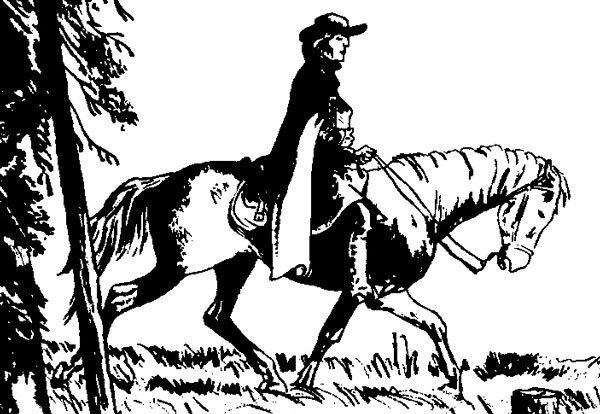03 Mar On This Day in UB History: March 3
Samuel Heistand was born March 3, 1781, in Virginia. He had five older brothers. Two of them, Abraham and John, became United Brethren ministers. Samuel outdid them. He became a bishop.
Around 1804, when Samuel was 23 years old, he moved to Ohio, which was still pioneer territory (Ohio became a state in 1803). He was rousted from his backslidden condition under the preaching of Rev. George Benedum, one of the first United Brethren evangelists in Ohio.
Heistand became somewhat of an apprentice under Benedum, of whom it was written, “As a helper to young preachers, none surpassed him….His countenance beamed with pleasure when he discovered indications of talent and improvement. He was slow to reprove, ready to encourage, and kept before their minds the importance of personal religion and dependence on God.”
Under such mentoring, Heistand became a solid minister, regularly traveling by horseback to visit the scattered churches under his care. He was variously described as a man of deep piety, a faithful and efficient expounder of Scripture, well-read in his native German language, blessed with good social qualities, and a speaker of “marked intellectual and emotional powers.”
Heistand had some kind of speech impediment which, as he preached, went away once he got going strong, at which point he became “quite eloquent.” He was also noted for his “generous hospitality, no one ever going away hungry from his door.”
In 1833, Samuel Heistand was one of three new bishops elected. He was re-elected in 1837.
Historian Henry Thompson told of a campmeeting in Ohio where Heistand preached a powerful message from Daniel. “There seemed to be a sound all over the campground, like the ‘rushing of a mighty wind,’ as on the day of Pentecost.” Future bishop William Hanby arose to preach, stood silently for a few seconds, and was so overcome that he simply knelt at the bishop’s knees. There was, apparently, nothing to add.
In 1838, Bishop Heistand spoke at Pennsylvania Conference. One person remarked, “He addressed the Conference as if conscious that it was his dying address.”
Which it was. Bishop Heistand died October 9, 1838, just one year into his second term. He was 56 years old.

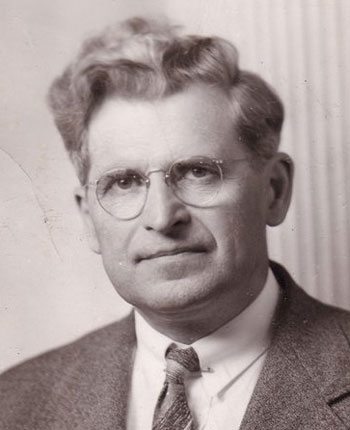 Throughout 2017, as we celebrate the United Brethren denomination’s 250th anniversary, we are looking at events throughout our history.
Throughout 2017, as we celebrate the United Brethren denomination’s 250th anniversary, we are looking at events throughout our history.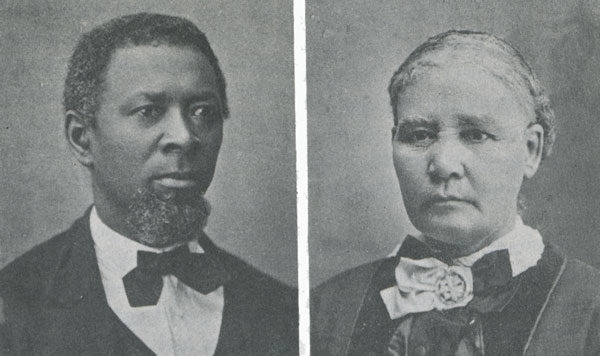
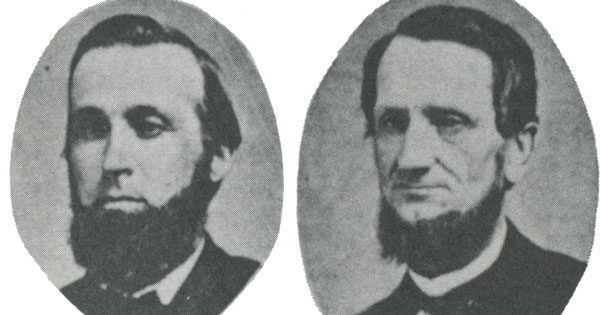
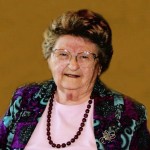 Rose May Lehner passed away February 21, 2017, in Caro, Mich. She was 98 years old. Rose and her husband, Rev. Paul Lehner, served 36 years in ministry. From 1947-1954, they were missionaries at the Laurel Mission in Big Laurel, Kent. They then pastored United Brethren churches in Michigan Conference until Paul retired in 1983. Paul passed away in 1991.
Rose May Lehner passed away February 21, 2017, in Caro, Mich. She was 98 years old. Rose and her husband, Rev. Paul Lehner, served 36 years in ministry. From 1947-1954, they were missionaries at the Laurel Mission in Big Laurel, Kent. They then pastored United Brethren churches in Michigan Conference until Paul retired in 1983. Paul passed away in 1991.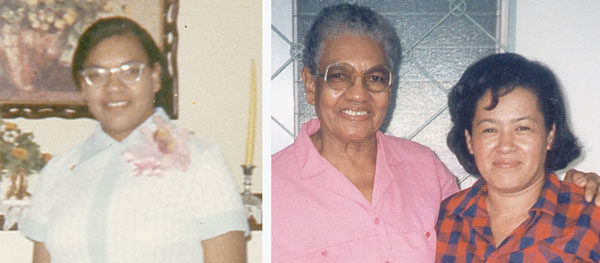
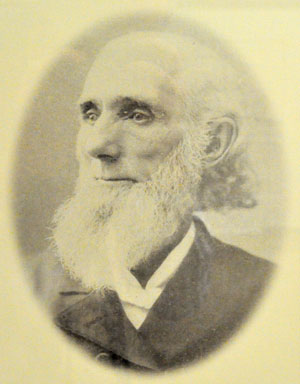 Jonathan Weaver, who served 24 years as bishop, was born February 23, 1824. He was the youngest of 12 children (6 boys, 6 girls). He grew up on a farm in Ohio, which was still frontier territory back then. He received little schooling, and never attended church on Sunday until he was 14 years old. The only preaching he heard came from Methodist or United Brethren preachers passing through the area.
Jonathan Weaver, who served 24 years as bishop, was born February 23, 1824. He was the youngest of 12 children (6 boys, 6 girls). He grew up on a farm in Ohio, which was still frontier territory back then. He received little schooling, and never attended church on Sunday until he was 14 years old. The only preaching he heard came from Methodist or United Brethren preachers passing through the area.